Ask the Pros: Macro Part 1
Wetpixel’s Ask the Pros column returns with an amazing round-up of macro shooting ideas and techniques. The subject is a vast one, and it was difficult to refine it to a manageable number of questions, so it is likely that we will revisit the topic at a later date. We are incredibly lucky to have so many busy professionals willingly sharing their techniques with the Wetpixel community. From us to all of them: Thank You!
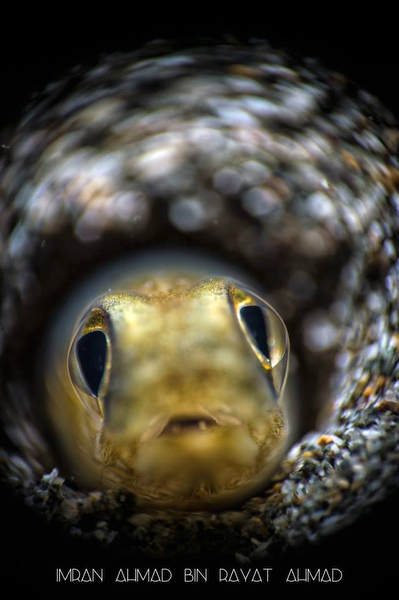
Imran Ahmad
Singapore based, Imran is an internationally active photographer, undertaking underwater photographic assignments covering vast areas of Asia and other parts of the world.
1. What is your favorite macro lens (and why)?
Mines a combination of a 50/50mm F1.8 or 105/50mm F28 for a Reverse ring Macro setup.
2. Cropped or full frame camera for macro? I guess this would be if you had the choice of either.
I’m on FX now with a Nikon D4
3. Do you use manual or auto focus? If it is the latter, what sort of autofocus mode do you tend to use?
With the RRM, everything is manual inclusive of lights and focussing distance
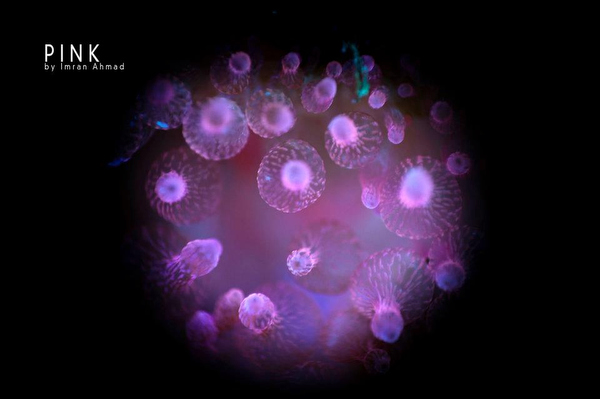
4. How do you light your subjects? One strobe/light or two (or more)?
I use an Ikelite 161 with CM diffusers at low power for the background and RGBlue System 02 continuous light with snoot or Inon LF800- N with condenser
5. Do you use snoots or other devices to control your lighting?
Yes, snoots and filters
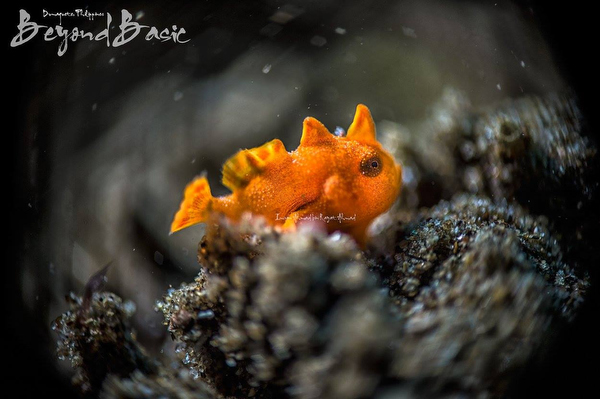
6. Do you prefer a black or colored background? Do you tend to shoot for bokeh-style diffuse soft focus backgrounds?
I’m all for the BOKEH style with creative lighting technique
7. What is your favorite macro subject? Any tips on the best way to shoot them?
Basically, with the RRM, anything ordinary can be made, extraordinary. It’s a matter of composition and which to have it in BOKEH,
8. If macro tends to be a technical discipline, how do you shoot also shot creatively? What makes for a unique macro image/video?
Macro is no longer just a form of documentation. It can be part of the artistic revolution which is much needed in UWP. With the RRM, art is possible.
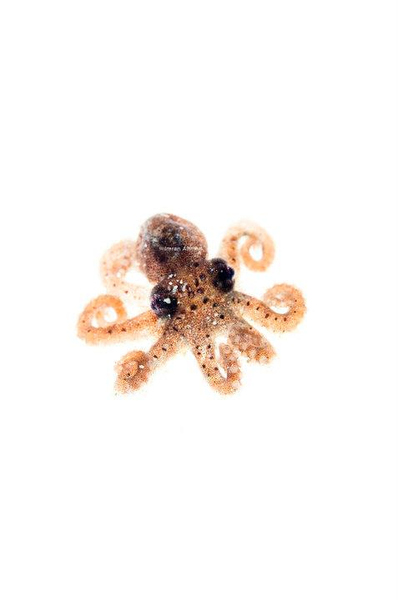
9. Do you manage to sell any macro images or footage?
Yes, we now cater not only to the underwater publication but also private collectors, hotels and hospitals.
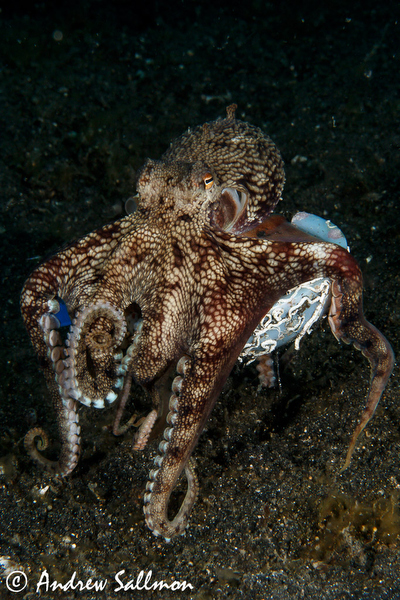
Allison Vitsky Sallmon and Andy Sallmon
Andy and Allison Sallmon are professional marine photographers based in San Diego, California. Andy is an independent sales agent for Sea&Sea.
1. What is your favorite macro lens (and why) and (2) cropped or full frame camera for macro? I guess this would be if you had the choice of either.
When shooting a cropped frame sensor camera in temperate/murky water, we love the Canon EF-S 60 mm lens. Getting close helps to minimize particulate between the port and subject, and there can be quite a bit of particulate in California. It is also easier to shoot in surge - another common issue in our home waters. This is the number one setup we recommend to new shooters in California. It provides a compact but powerful macro system that is manageable for beach/surf entries as well as crowded boat dives. When shooting full frame, we both use the Canon 100 mm f2.8/L IS (we’ll often add a flip on/off wet diopter, such as a Subsee +5 or +10, for versatility). We shoot both cropped and full frame cameras, so when choosing, it depends where we’re diving, what our desired subject is, and how intense we expect the water movement to be. If we are hoping to shoot a 2 inch nudibranch at a mucky local beach diving site, it’s a cropped-frame with 60 all the way. If we’re shooting teeny shrimp in Lembeh, however, we’re more likely to go for the full frame and 100 with diopter.
3. Do you use manual or auto focus? If it is the latter, what sort of autofocus mode do you tend to use?
In general, autofocus, AI servo.
4. How do you light your subjects? One strobe/light or two (or more)?
It depends on the subject, where/how it’s situated, and any fleeting artistic endeavors… If we have a cool subject that is cooperative, we’ll try to shoot it every which way. Two strobes. One strobe. One primary and one fill. You get the idea. For supermacro, we’ll sometimes use a ring flash, which may allow us to get our field nicely lit without having to worry about shifting strobes all over the place and/or disturbing the subject.
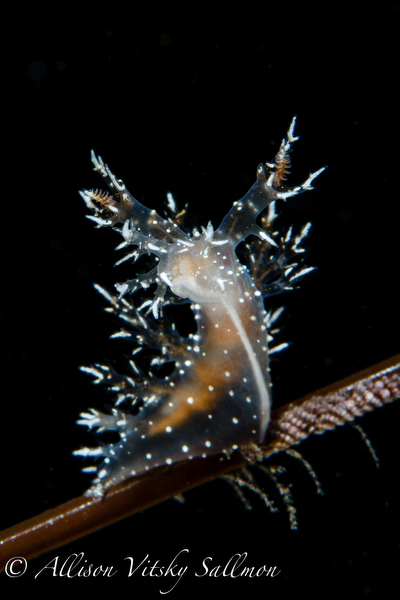
5. Do you use snoots or other devices to control your lighting?
Again, it depends. We have found snoots to be extremely helpful in terms of minimizing backscatter/particulate when the water is dirty, and they can also help to isolate a fantastic subject from a meh background. We have a wide variety of swanky snoot options in our arsenal, from a set of - we’ll call them “vintage” - Sea and Sea snoots with honeycomb attachments (fabulous!), to Home Depot PVC specials to old wetsuit arms. We rarely do a macro dive without ensuring that a snoot is ready to go for at least one strobe.
6. Do you prefer a black or colored background? Do you tend to shoot for bokeh-style diffuse soft focus backgrounds?
It’s tough to choose between black and colored backgrounds. Black backgrounds are so elegant, and they can really highlight your subject. And they are deceptively easy if you have the right subject positioned the right way! Blue is wonderful, however, but in California or other temperate environs, a blue/green background can be a difficult, somewhat masochistic pursuit. Shooting with a slow shutter speed and/or wide-ish aperture when you have 10-15 foot visibility and lots of surge is almost enough to make you lose your mind (and certainly enough to push the limits of your knowledge of verbal profanity), but we try to shoot a good subject both ways. Unfortunately, if you place the resulting images side-by-side on social media, the black background will get the popular vote much of the time. Sigh.
7. What is your favorite macro subject? Any tips on the best way to shoot them?
Allison : Nudibranchs. I am a nudi fiend from way back. I prefer to shoot them simply, on kelp or another architectural-looking background, facing the camera. Rhinophores must be in sharp focus, and composition needs to be compelling. People think nudis are easy to shoot, but I beg to differ! Andy: Octopus. They always provide a great opportunity to shoot marine life exhibiting cool behavior.
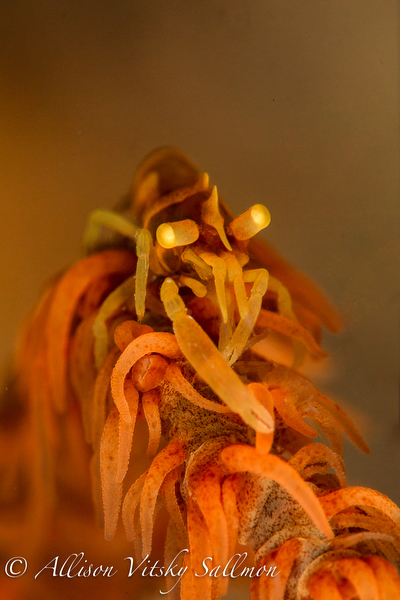
8. If macro tends to be a technical discipline, how do you shoot also shot creatively? What makes for a unique macro image/video?
There is a lot of great macro imagery out there, and it is getting better all the time. Start with basics - sharp focus and good negative space. And go from there - composition can make or break you. Behavior is a great bonus. But please, resist the urge to take it too far. Everyone knows that there are not 4 pygmy seahorses naturally hanging out in a tiny gang at the end of that gorgonian branch, so don’t ask your guide to put them there for your shot.
9. Do you manage to sell any macro images or footage?
Occasionally, though almost always as part of a larger editorial package.
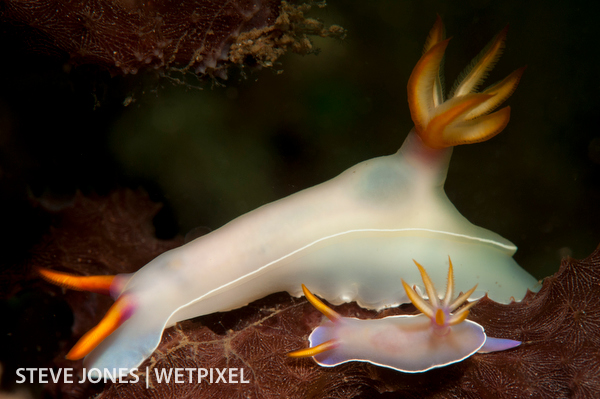
Steve Jones
Steve Jones is an internationally published photojournalist, professionally active since 1996.
1. What is your favorite macro lens (and why)?
Micro Nikkor 105mm on full frame, but I find the 60mm on cropped format to be slightly more versatile 2. Cropped or full frame camera for macro? I guess this would be if you had the choice of either.
I currently only shoot full frame, so I don’t have a choice! I prefer cropped format for macro though

3. Do you use manual or auto focus? If it is the latter, what sort of autofocus mode do you tend to use?
I generally use single point autofocus as I require a precise area to be sharp. However for high magnification I predominantly use manual focus
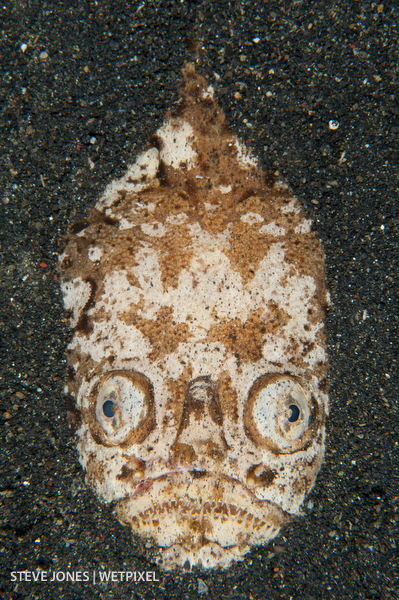
Depends on the effect I am after. My macro setup always has two strobes, and I will vary the power/angle on each depending on how I wish to light and where I want the shadows/highlights to be. For some shots, the second strobe may be turned off completely if I want strong directional lighting 5. Do you use snoots or other devices to control your lighting?
Yes, I always have some sort of beam restrictor on when shooting macro (unless it’s wide angle macro!), as my strobes are too wide a beam without them. I predominantly use Seacam’s snoot system, which is designed for the Seacam S150D strobe and enables a whole range of beam angles, from restricted to spot.
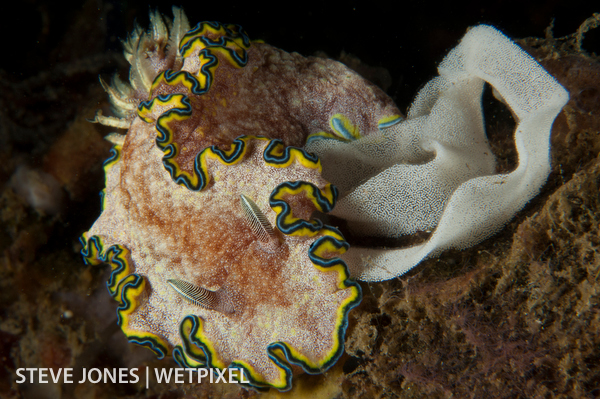
6. Do you prefer a black or colored background? Do you tend to shoot for bokeh-style diffuse soft focus backgrounds?
It depends whether I want to show any sort of relationship between the subject and it’s environment. Generally black backgrounds will focus attention on the subject so I tend to prefer these aesthetically. I will sometimes shoot for bokeh-style diffuse soft backgrounds - again it depends on the image I am trying to create. The important thing is to always consider the background and its relationship with the main subject, not just consider the subject alone
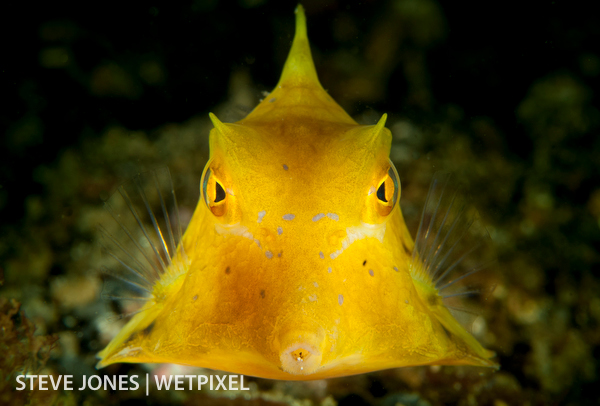
There are lots. I love shooting nudibranchs as like many photographers I’ve developed an affinity for them, and mantis shrimps are always a fascinating subject. The best tips I can give are to buddy up with a dive guide with razor sharp eyes, tell them what you are looking for before the dive, and pay particular attention to your fieldcraft, particularly with skittish critters like the mantis shrimp. Consider how you position yourself and approach your subject. Be patient with the animal whilst also careful not to damage the reef 8. If macro tends to be a technical discipline, how do you shoot also shot creatively? What makes for a unique macro image/video?
There are a range of aspects to be considered to make unique macro images. Subject choice is important, as is the perspective you wish to portray of that subject. Are you trying to show an element of its personality, or a more abstract view? Lighting is absolutely critical for good macro images and is probably the area that beginners often don’t pay enough attention to whilst they concentrate on focus and composition. Mastering good lighting technique is critical and can make all the difference between a run-of-the-mill image and one that really pops

9. Do you manage to sell any macro images or footage?
Yes, I have steady sales through my agencies and occasional direct requests, but sales are noticeably smaller than other photographic disciplines that I tend to specialise more in.
Page 1: Imran Ahmad, Allison Vitsky Sallmon and Andy Sallmon, Steve Jones.
Page 2: Douglas Seifert and David Fleetham.
Page 3: Kevin Palmer, Rico Besserdich.
Page 4: Jean Bruneau, Chris Parsons.